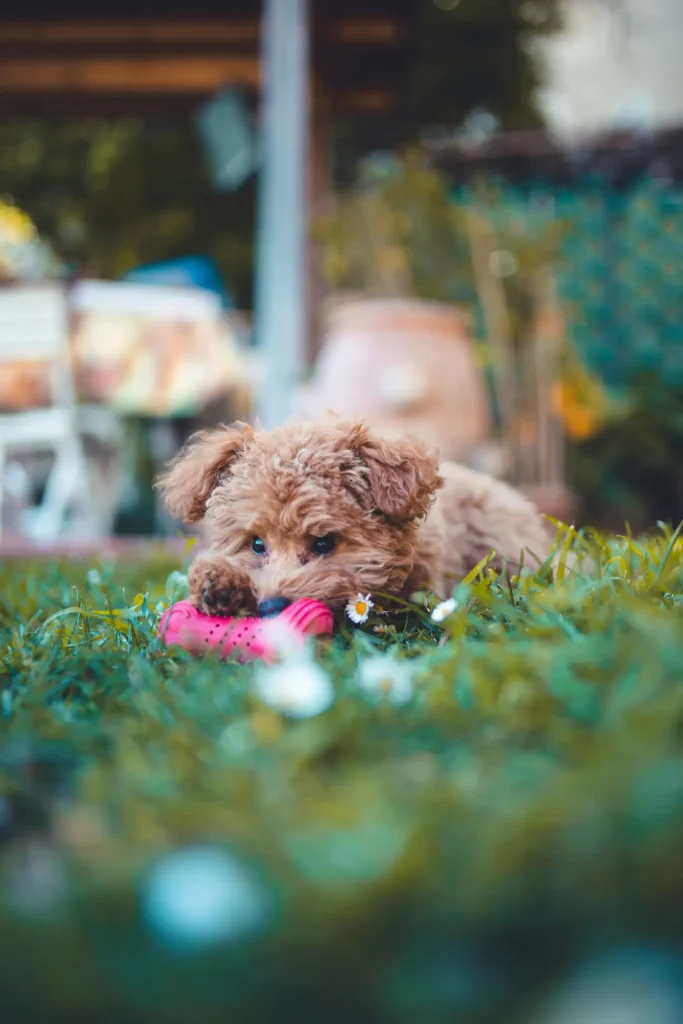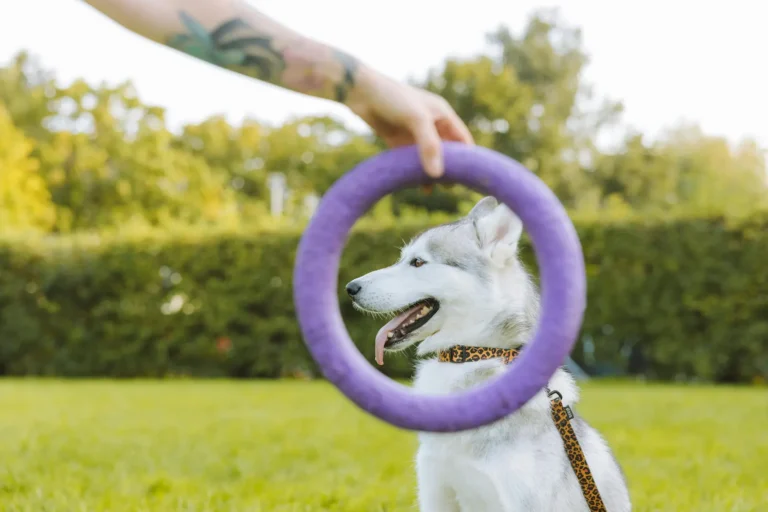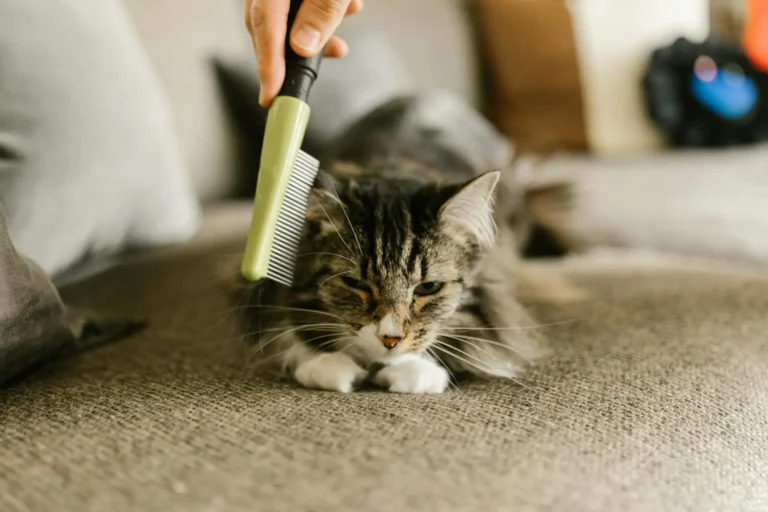Disclaimer: This article may contain affiliate links. If you click and purchase, we may earn a commission at no extra cost to you. As an Amazon Associate, we earn from qualifying purchases.
Adopt a Schnauzer: Your Guide to a Loyal, Loving Companion
Learn why you should adopt a Schnauzer, their loyal temperament, care tips, and where to find one. Your guide to a loving pet!
Bringing home a new pet is a life-changing decision, and if you’re searching for a loyal, intelligent, and spirited companion, you should adopt a Schnauzer. These charming dogs, with their iconic beards and boundless devotion, are more than just pets—they become family. Whether you’re drawn to the compact Miniature, the sturdy Standard, or the imposing Giant Schnauzer, this breed offers unmatched loyalty and joy. In this guide, we’ll explore why Schnauzers are a top choice, how to care for them, and where to find a Schnauzer dog for adoption. Let’s dive into what makes this breed so special and how you can welcome one into your home.
Key Insights on Adopting a Schnauzer
Adopting a Schnauzer brings a unique blend of loyalty, intelligence, and personality into your life. Here’s a snapshot of what you’ll learn in this article.
- ✅ Schnauzers are loyal, intelligent, and protective companions.
- ✅ Miniature Schnauzers are ideal for apartments due to their size.
- ✅ Proper grooming is essential for their wiry, low-shedding coat.
- ✅ Adoption from rescues or shelters saves lives and often includes trained dogs.
- ✅ Early socialization ensures Schnauzers thrive in multi-pet homes.
See the table below for a quick, mobile-friendly overview of all key points.
| Key Topic | Quick Takeaway |
|---|---|
| Understanding Schnauzers | Loyal, intelligent dogs with a distinctive look and protective nature. |
| Benefits & Challenges | Devoted companions but require regular grooming and socialization. |
| Practical Care Tips | Groom weekly, feed high-protein diets, and provide mental stimulation. |
| Expert Insights | AKC and ASPCA highlight their trainability and family-friendly traits. |
| FAQs | Answers on family compatibility, diet, and adoption processes. |
Understanding Schnauzers
Schnauzers are a German breed known for their distinctive bearded snouts, wiry coats, and spirited personalities. Available in three sizes—Miniature, Standard, and Giant—they suit various lifestyles, from city apartments to spacious homes. Their name comes from the German word “schnauze,” meaning snout, reflecting their iconic facial hair. Often misunderstood as purely decorative pets, Schnauzers are working dogs at heart, historically bred for guarding and ratting. According to the American Kennel Club (AKC), their intelligence and versatility make them excellent companions for active families.
Many assume Schnauzers are high-maintenance due to their grooming needs, but with the right routine, they’re manageable. Their loyalty and alertness also make them superb watchdogs, though they’re rarely aggressive. Adopting a Schnauzer means welcoming a dog that thrives on human connection and engagement.
Benefits & Challenges of Adopting a Schnauzer
Adopting a Schnauzer offers numerous benefits, but it’s not without challenges. Their loyalty is unmatched—my Beagle, Maximus, loves to follow me around, but a Schnauzer I fostered once, named Rusty, took devotion to another level, staying by my side during every activity. They’re intelligent, quick to learn commands, and adapt well to family life, making them great for first-time owners. Their low-shedding, hypoallergenic coat is a boon for allergy sufferers, as noted by the ASPCA.
However, challenges exist. Their wiry coat requires regular grooming to prevent matting, which can be time-consuming. Schnauzers also have a strong prey drive, which can complicate life with smaller pets like my cat, Luna, unless socialized early. Their energy demands daily exercise and mental stimulation—without it, they may become bored or destructive. A friend adopted a Miniature Schnauzer, Bella, who chewed furniture until they introduced puzzle toys (like those in our dog enrichment toys guide). With proper care, these challenges are manageable, and the rewards of a Schnauzer’s companionship are immense.

Image Credit: Victor Ballesteros
Practical Care Tips for Schnauzers
Caring for a Schnauzer involves understanding their unique needs. Here are five detailed, evidence-based tips to keep your Schnauzer healthy and happy.
1. Regular Grooming for Their Wiry Coat
Schnauzers have a double coat—soft undercoat and wiry topcoat—that requires brushing 2–3 times weekly to prevent matting. Use a slicker brush and a metal comb to detangle. Regular grooming reduces shedding and keeps their signature beard tidy. Trim their coat every 4–6 weeks, either at home with clippers or at a professional groomer. My friend’s Schnauzer, Pepper, had matted fur until they established a bi-weekly brushing routine, which transformed her coat. Check out our dog grooming checklist for tools and tips. Expect a healthier coat and fewer vet visits for skin issues with consistent care.
2. High-Protein, Low-Fat Diet
Feed your Schnauzer a balanced diet rich in lean proteins like chicken or fish, with limited grains to prevent pancreatitis, a breed-specific concern noted by the Merck Veterinary Manual. Measure portions to avoid obesity, especially for Miniature Schnauzers. For my Beagle, Maximus, I use a vet-recommended kibble with 25% protein, which suits Schnauzers too. Consult your vet for portion sizes based on your dog’s weight and activity level. A proper diet supports their energy and long lifespan (12–15 years).
3. Daily Exercise and Mental Stimulation
Schnauzers need at least 30–60 minutes of daily exercise, such as brisk walks or playtime. Their intelligence demands mental challenges—try puzzle toys or training sessions. When I fostered Rusty, daily fetch games and treat-dispensing toys kept him calm. Without stimulation, Schnauzers may bark excessively or chew. Our dog exercise guide offers tailored plans. Regular activity ensures a happy, well-behaved pet.
4. Early Socialization for Multi-Pet Homes
Schnauzers’ terrier heritage gives them a strong prey drive, which can challenge coexistence with cats like Luna or small pets. Start socialization early with controlled introductions. Use positive reinforcement, like treats, during meet-and-greets. A neighbor’s Schnauzer, Max, initially chased their cat but adapted after gradual exposure over two weeks. Socialization creates a harmonious home, reducing stress for all pets.
5. Routine Ear and Nail Care
Check your Schnauzer’s ears weekly for dirt or wax buildup, cleaning with a vet-approved solution to prevent infections. Trim nails every 2–3 weeks to avoid discomfort. Use a guillotine-style clipper for precision. When I neglected Maximus’s nails, he limped slightly—regular trims fixed it. Consistent care prevents health issues and keeps your Schnauzer comfortable.
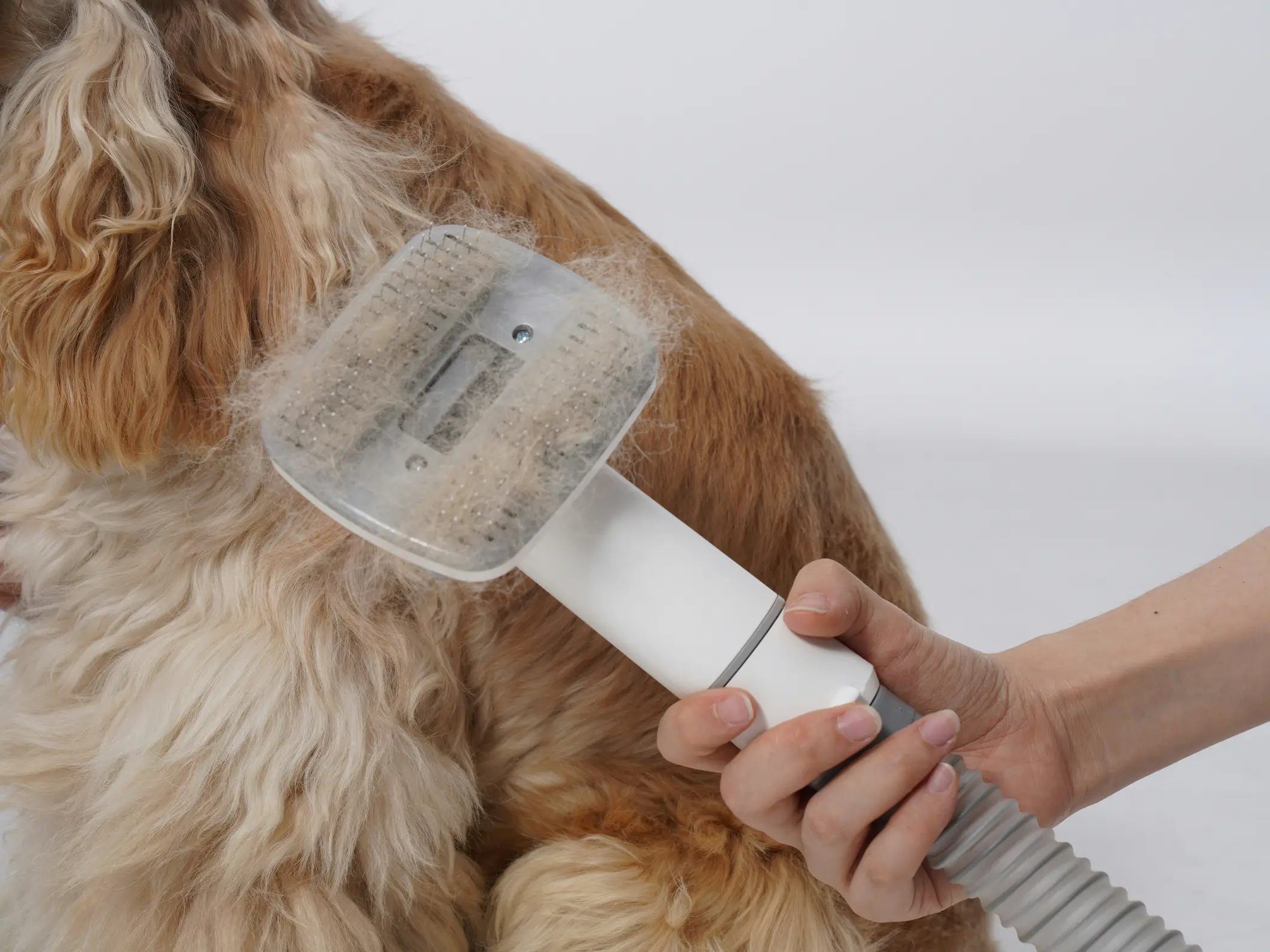
Image Credit: Neakasa
Expert Insights
The AKC emphasizes Schnauzers’ trainability, noting their quick learning and eagerness to please, making them ideal for obedience classes. The ASPCA highlights their family-friendly nature, especially when socialized early, as they bond deeply with children and adults. Veterinary research underscores their hypoallergenic coat as a benefit for allergy-prone households, though grooming is non-negotiable. Schnauzers’ lifespan of 12–15 years is notable, but regular vet checkups are crucial to monitor for breed-specific issues like pancreatitis or hip dysplasia.
My experience with Rusty, a Standard Schnauzer, showed how quickly they learn commands like “sit” and “stay” with consistent training. Pairing this with insights from our dog emotional signals guide can help you understand and train your Schnauzer effectively.
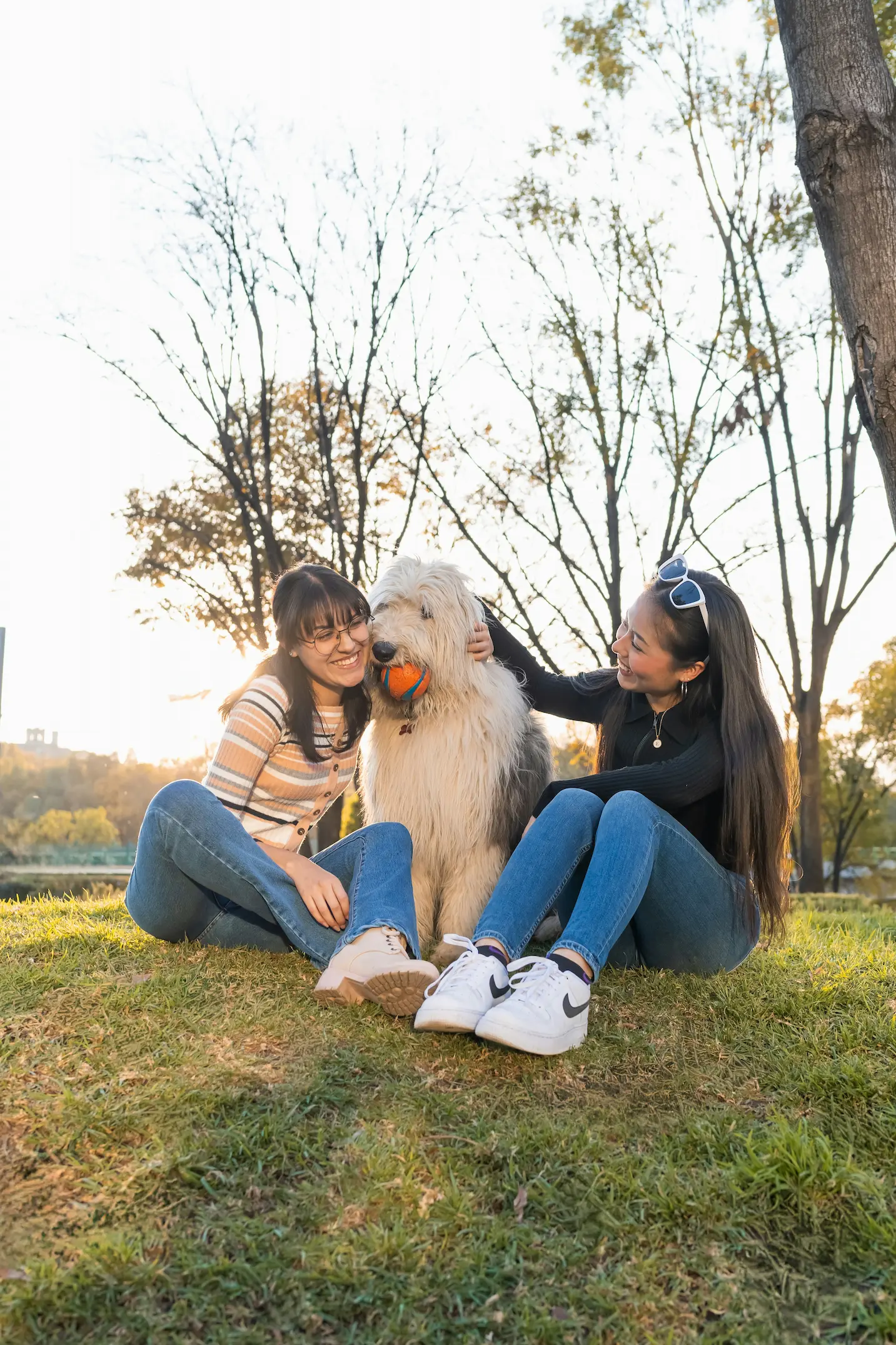
Image Credit: Julio Lopez
FAQs About Adopting a Schnauzer
Q1: Are Schnauzers good family pets?
A: Absolutely. Schnauzers are loyal, protective, and great with kids when socialized. Their alertness makes them excellent watchdogs. For example, a friend’s Schnauzer, Daisy, guards their kids during playtime but is gentle and affectionate. Ensure training to manage their protective instincts, as noted in our summer care for dogs guide.
Q2: How do I adopt a Schnauzer?
A: Start with breed-specific rescues like Schnauzer Rescue of Texas or platforms like Adopt-a-Pet. Visit local shelters or check our adopt a dog guide. Many rescues offer transportation for out-of-state adoptions. Be prepared for applications and home checks to ensure a good match.
Q3: What should I feed my Schnauzer?
A: A high-protein, low-fat diet is ideal to prevent pancreatitis. Choose kibble or wet food with lean meats and minimal fillers. Avoid overfeeding treats. My Beagle, Maximus, thrives on a similar diet, and a vet’s guidance ensures proper nutrition. See our dog supplements guide for additional tips.

Image Credit: Adopt-a-Pet
Conclusion
Adopting a Schnauzer means gaining a loyal, spirited companion who’ll enrich your life with love and laughter. From their distinctive beards to their protective nature, these dogs are perfect for families, singles, or seniors seeking a devoted friend. By following proper care routines—like grooming, balanced diets, and socialization—you’ll ensure a happy, healthy pet. Ready to take the leap? Visit a local rescue or check out our adoption guide to find your new best friend. Share your Schnauzer stories below to inspire others!

Experienced pet owner with 5–7 years caring for dogs, cats, and birds. Passionate about sharing actionable tips, trusted advice, and real-life insights for healthier, happier pets.
Disclaimer: This article may contain affiliate links. If you click and purchase, we may earn a commission at no extra cost to you. As an Amazon Associate, we earn from qualifying purchases.

